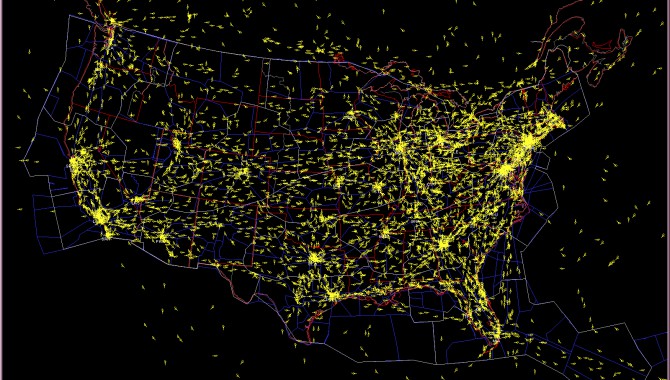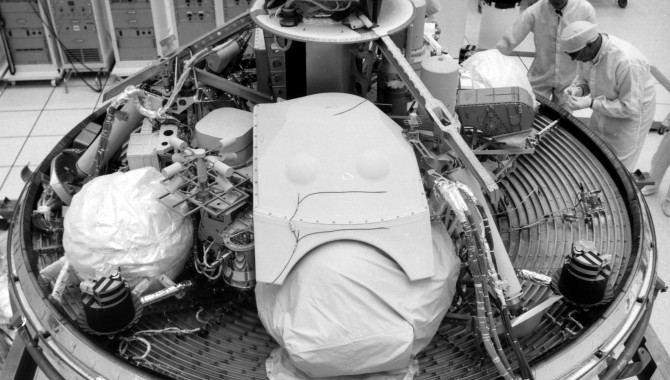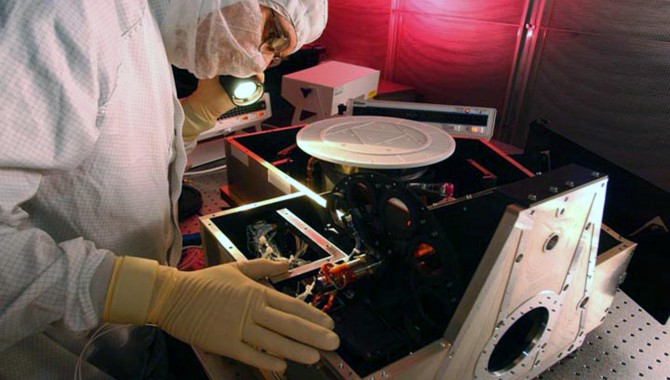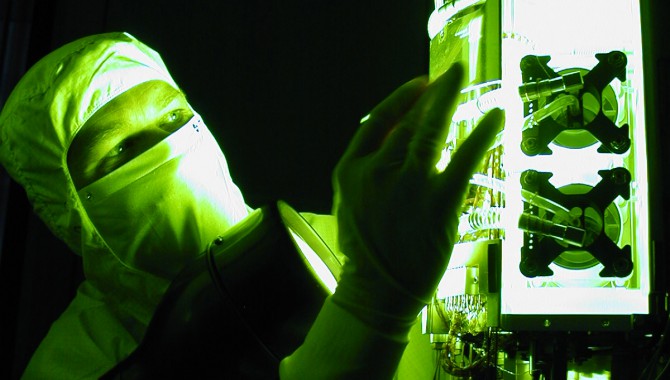
By David G. Rogers It’s been more than twelve years since I flew planes on and off aircraft carriers. One flight in particular literally changed my life. I was the aircraft commander and was flying with my squadron’s executive officer, who was two pay grades above me but had limited experience flying this particular aircraft […]










